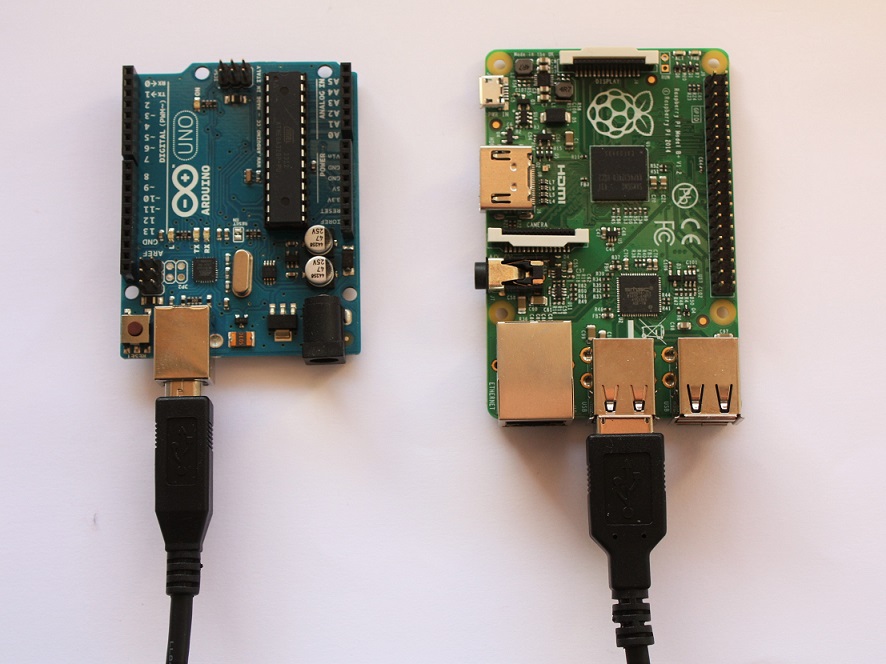

I'm reluctant to even set the hardware up, unless you can tell me the steps you give truly have been tested and checked against a Raspberry Pi running from a freshly written SD card. I don't know what it is about Raspberry Pi, that all sorts of other Linux problems inevitably come up along the way. Yeah, I know that's rigid, but please understand almost every problem ever reported with using Raspberry Pi has turned into a major time sink.

Just getting the monitor, keyboard, mouse, and SD card and Raspberry Pi set up on my workbench is going to use about half of that time.Ĭan you give me an exact set of steps to follow, starting with a freshly written SD card with a particular version of Raspbian? Imagine I'll set a 15 minute timer and if any step doesn't work, or I don't manage to reproduce the problem, or other stuff goes wrong, or the timer goes off, I'll put all the gear away and abandon any more attempts to look into this. But let's suppose I would spend 30 minutes look into this problem. I think it is a Teensy problem with the Teensy's. but it gets a bit technical for me to follow. I've searched some on the forum and seen some posts regarding serial and low-performance cpu's like the raspberry pi. so I'm suspecting its an issue specific between teensy and raspberry pi.
#PYTHON SERIAL LIBRARY USB RASPBERRY PI WINDOWS 10#
This doesn't appear to happen with a Windows 10 computer. I assume its because the serial monitor app establishes a connection very quickly with the teensy and is able to clear the usb buffer. If a serial program is running and the teensy is started up, everything works fine and nothing gets "reflected". It's a very repeatable problem, and its not specific to the arduino ide's serial monitor (the program interfaces to a different app running on a raspberry pi and I get similar behavior with it): If the teensy is started up with a raspberry pi connected and no serial program running on it, once the serial program (like the arduino ide's serial monitor) is started, some of the messages that are in the usb buffer appear to get sent back to the teensy. I was using the latter (teensy) port, but switching to the serial port made no difference. Static char pgm = "Dann-PrintSim\nPrints every 10 s, coinc every 30s" If I run a simple python program readTeensy.py (to emphasize **it works on a Linux Mint machine**) and it reads nothing. The **first time** I run `cat` it grabs some data, at most about 512 bytes, then it won't read anything else from the device. I have tried several ways to read the data one is to `cat /dev/ttyACM0` (yes, that is the right device).

I wrote a small Teensy program that prints every second 200 bytes and every few seconds some other information. I have searched for issues like this and nothing in the suggestions stand out. Why does this "fix" the problem? Even then, successive reads fails. Plug in the Teensy then immediately start the python code!

Yesterday one of my students stumbled after much experimentation a temporary fix
#PYTHON SERIAL LIBRARY USB RASPBERRY PI CODE#
Python code that works fine between a Mac & Teensy or a laptop running Linux Mint and a Teensy, fails on a Raspberry Pi. I want to read from (and in another application, write to) the Teensy. I'm going crazy trying to communicate to a Teensy 3.2 from a Raspberry Pi.


 0 kommentar(er)
0 kommentar(er)
